When you hear the word tequila, what comes to your mind? Margaritas? Party? Hangover? Well, you would be surprised to know the word “tequila” means “place of work” or “labor”.
Tequila is more than a party drink. It is a cultural heritage of Mexico, blending tradition, family & beliefs. It is something to enjoy after a hard day of work and to share with friends. To understand the meaning of tequila, let’s take a look at the process of making this traditional drink.
The Harvest
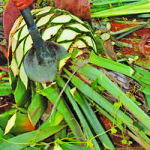 When the agave plant is approximately 3 to 5 years of age, it is the appropriate time for “el barreo”, which is trimming the spiked leaves (also known as pencas), so that the agave plant, or center, expands. This work is done only by experts, because the tips of the agave leaves are very sharp, being used in the past for arrow points.
When the agave plant is approximately 3 to 5 years of age, it is the appropriate time for “el barreo”, which is trimming the spiked leaves (also known as pencas), so that the agave plant, or center, expands. This work is done only by experts, because the tips of the agave leaves are very sharp, being used in the past for arrow points.
The harvest is done manually and involves a high risk, because of the sharp utensils used to do the trimming. There is no machinery that can replace man and his skill. An experienced “Jimador” can harvest 300 agaves in a single shift. Once the “Jima” is complete, it is transported to the factory to continue the process and produce tequila.
Cooking
The cooking process starts with cutting in half the agave center, or pineapple, then filling the furnaces manually. The cooking in adobe ovens lasts from 48 to 72 hours, and in autoclaves lasts approximately 8 to 12 hours. Steam is used to avoid dehydrating the agave and extract all its juices.
Grinding
Once cooked, the “Piña” or pineapple, is crushed or ground, but first it is cut into small pieces to extract efficiently its juices. This juice or nectar is highly rich in sugars. A “Pina” of approximately 150 pounds will produce 2.5 gallons of tequila.
The grinding and tearing of the “Piñas” also produces as a residue a natural fiber called “bagazo” or “marrana”, which is used to manufacture stuffing for furniture, mattresses and car seats among other uses. Making the agave plant 100% usable.
Fermentation
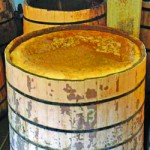 Fermentation is done without adding chemicals, and lasts approximately 72 hours depending on the climate. Every distillery has its own fermentation process. Using a combination of traditional and modern techniques, a unique taste is born. That is why, for the connoisseur, every tequila will have a different and unique taste.
Fermentation is done without adding chemicals, and lasts approximately 72 hours depending on the climate. Every distillery has its own fermentation process. Using a combination of traditional and modern techniques, a unique taste is born. That is why, for the connoisseur, every tequila will have a different and unique taste.
This part of the process has to be constantly monitored by an experienced chemist. The resulting juice, called “Mosto”, is pumped and stored in fermentation tanks to transform the sugars into alcohol. This process may take from 72 hours to 1 week. It is here where it is determined if the final product will be 100% agave or “Mixto”. High quality tequila is made from fermenting only agave sugars. Mixto, on the other hand, is made by fermenting a mix of agave and other sugars.
Distillation
To achieve good quality tequila the “Mosto Muerto” must be distilled twice, preferably in copper stills to improve flavor, because copper diffuses the heat more evenly.
In the first distilling the tequila is called “Tequila Ordinario” it is an opaque tequila with high alcohol and methanol content, not fit for human consumption. At the second distilling, at last, we have a transparent tequila – crystal clear and ready to drink.
Aging
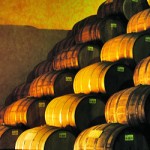 To further improve the quality and taste of tequila, it is stored in white oak barrels.
To further improve the quality and taste of tequila, it is stored in white oak barrels.
Tequila Blanco also called White or Silver Is the traditional tequila. Clear and transparent, it is bottled immediately after distillation. It has the true flavor of the blue agave and is usually strong.
Tequila Reposado or “rested” is obtained after a period of 3 to 11 months in white oak barrels. The oak barrels give Reposado a mellowed taste, and its pale color.
Tequila Añejo or “aged” Is obtained after a period of 11 months to 4 years in white oak barrels. After 4 or more years it is called Añejo Antiguo or Reserva. The amber color and woody flavor are picked up from the oak. The result is a true delight for connoisseurs.
Triple Distilled Tequila is more refined with a much smother boquet, for those who are new to tequila tasting.
Tequila Mixto, also called Oro or Gold, is a white tequila mellowed by the addition of colorants and flavorings. If the label does not say “100% agave”, it is a mixto tequila. In its fermentation process at least 51% of its sugars that will be turned into alcohol come from the agave plant and 49% from cane or other sugars.
Final thoughts
From the time the young agave shoot or “hijuelo” is planted, to the time of the “Jima” or harvest, 8 years have passed. It takes almost a decade to produce a bottle of white tequila. If aged, it can take another 4 or more years for a bottle of Añejo.
Next time you hear the word “Tequila” think of its significance: “place of work” or “labor”. As you sip it, think of the rich tradition Mexico has, of the families who enjoy making it and all the myths behind this drink, which carries the essence of Mexico.
The Tequila Factory in Rocky Point is an extension of a 3 generation family owned and operated brewery. This is what is called a “Tequila Artesanal”, in other words, a very unique tequila made in small quantities with no chemicals added, and from 100% blue agave.
Things to do at the Tequila Factory:
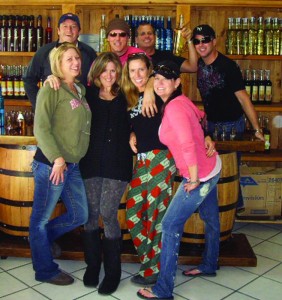 Take a spoken video tour of how tequila is made. followed by a Q&A
Take a spoken video tour of how tequila is made. followed by a Q&A- Taste different tequilas (6 types / 9 flavors)
- Take a photo and become part of the Tequila Factory photo wall
- Come to the Tequila Factory and Experience the Taste of Mexico
- You will also find flavored tequila, a variety of commercial tequilas and other spirits, unique barrel furniture, organic coffee, leather goods, and souvenirs.
- Opened daily from 10am to 6pm (closed on Tuesdays)
Phone: (011-52-638) 388-0606
facebook.com/TequilaFactory
twitter.com/TequilaFactory
www.TequilaFactory.mx
You can find us in Puerto Peñasco (Rocky Point), Sonora, Mex.
Blvd. Benito Juarez & 12th Street, in Plaza California.

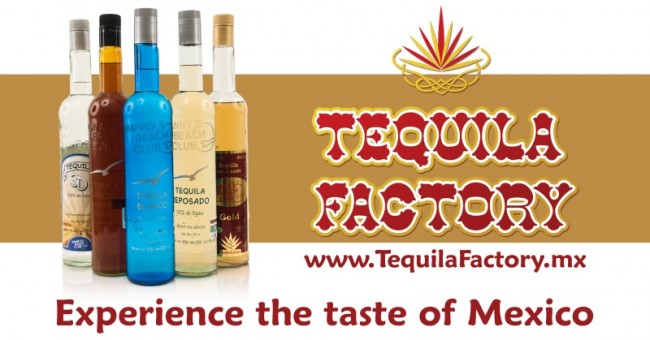

















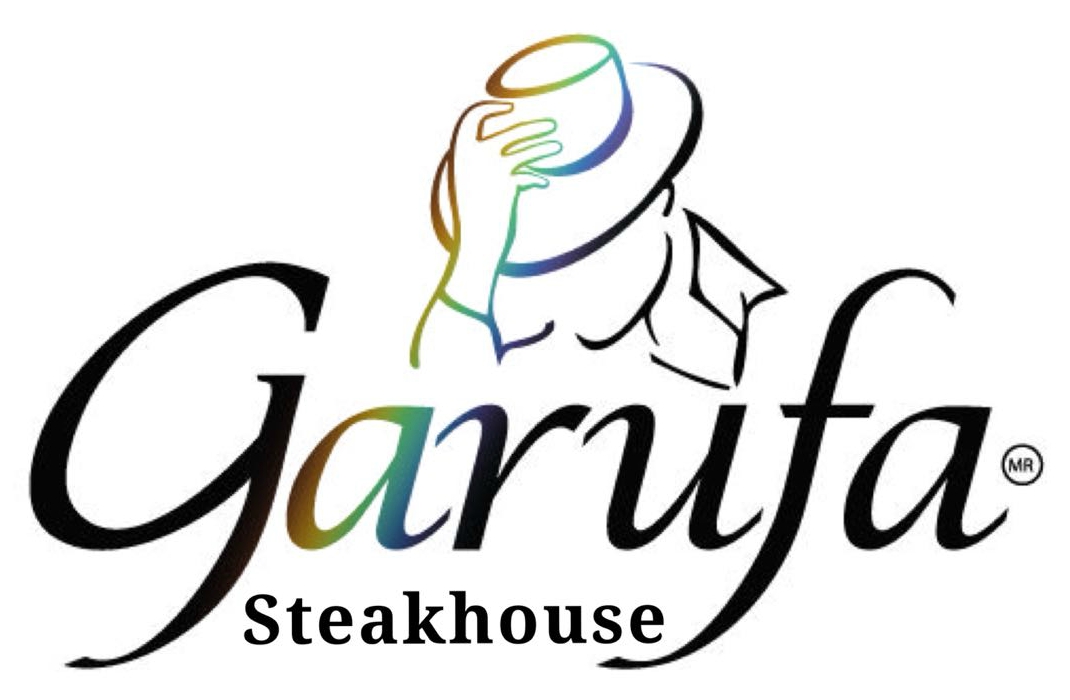





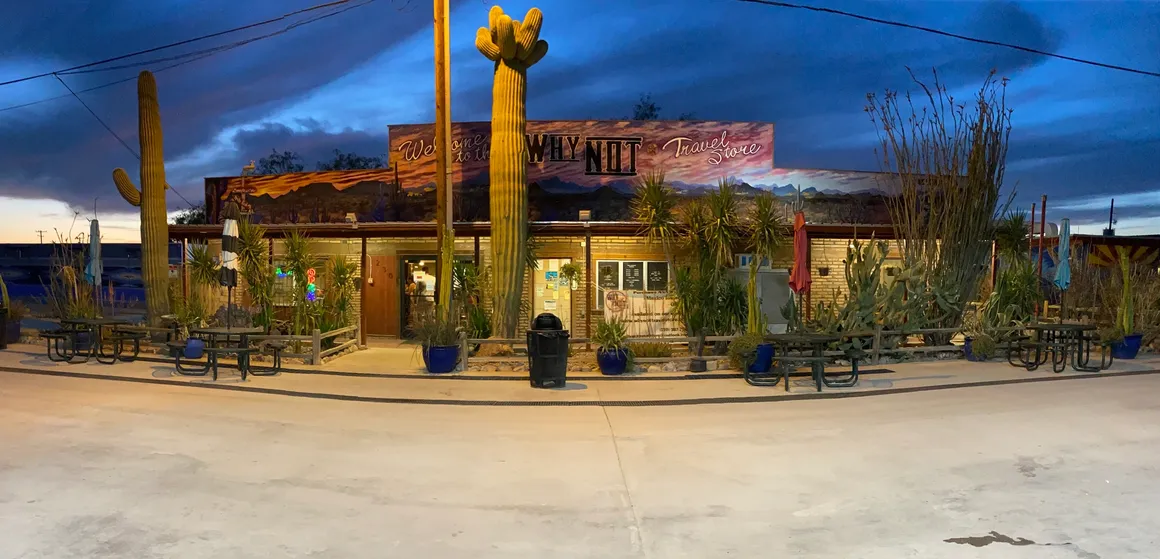

Great article guys, I just had one question. In the opening sentence of the “Harvest” process, you state that at 3 to 5 years of age the agave plant is trimmed of it’s pencas and harvested, yet is the “Final Thoughts” section you say from the time the hijuelo is planted, to the time of the “Jima” or harvest, 8 years have passed. ???
Ill make the correction but its not harvested yet. Its ready to harvest anywhere in between 8 to 12 years depending on the plant. The pencas are cut so that the plant is engorged.